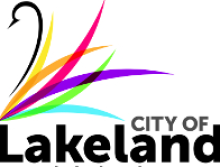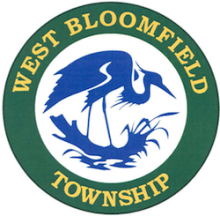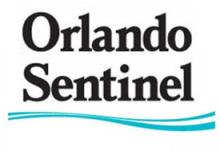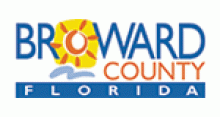Feds Are Fed Up With AT&T's Lame Excuse For Abusing E-rate
In late July, the FCC released a Notice of Apparent Liability (NAL) in which it found the telecommunications giant AT&T Southeast liable for a $106,425 forfeiture. The agency also ordered the company to return $63,760 of E-rate funds it described as “improperly disbursed.” AT&T overcharged two school districts in Florida and, in a response released last week, are trying to justify their pilfer by blaming the E-rate rules and the schools themselves, much as a criminal blames victims for being such easy targets.
Funded By Phone Users
E-rate funds are collected as a surcharge on telephone bills; the funds go to schools to help pay for telecommunications costs at schools, including telephone, Internet access, and infrastructure costs like fiber network construction. The amount a school district receives depends on the number of students in the district that qualify for free and reduced lunches; schools with higher numbers of low-income students are reimbursed at a higher rate. Given that many of our schools are funded through property tax rolls, this means that schools in poorer neighborhoods that are more likely to need help with their budgets receive the higher reimbursement rates.
According to the program rules, phone companies and Internet Service Providers (ISPs) that participate are required to offer the “lowest corresponding price” to schools. Providers aren’t permitted to charge rates that exceed the “lowest corresponding price” or bid higher than that price on contracts to serve similarly situated entities if those entities are eligible to receive E-rate funds. School districts do not carry the burden of getting the lowest corresponding price - telephone and Internet access providers are responsible to ensure that they offer the lowest price in exchange for the opportunity to participate in the program. Between July 2012 and June 2015 alone, AT&T received $1.23 billion in E-rate funding nationwide.
Filching In Florida










